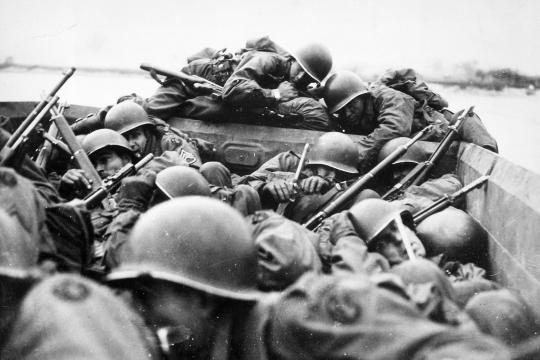World War Two
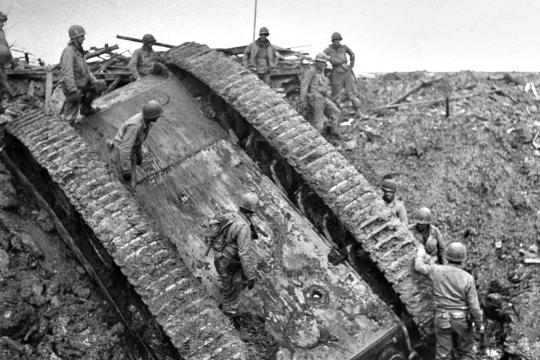
Tanks
Produced by the hundreds of thousands, tanks were one of the most important weapons systems in World War II. An armoured fighting vehicle with heavy firepower, strong armour and excellent battlefield manoeuvrability, tanks were a defining feature throughout the second world war.
Adapted to a wide range of military tasks, specialized models were created, such as flame-thrower tanks, armored recovery vehicles, command tanks with extra radios and tank destroyers with fixed armaments.
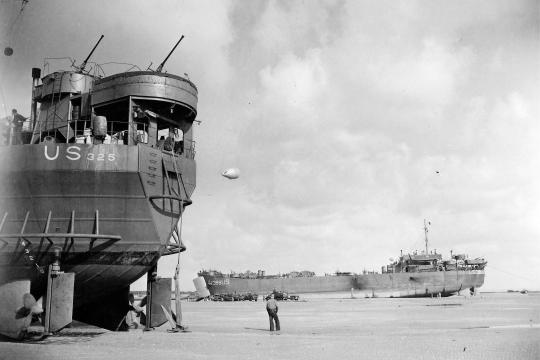
D-Day
The landings in Normandy on June 6th 1944, often referred to as D-Day, was the largest seaborne invasion in history. Part of Operation Overlord and codenamed Operation Neptune, it began the liberation of German-occupied France and laid the foundations for Allied victory on the Western Front.
An amphibious assault of unimaginable scale, nearly 5,000 landing and assault craft, 289 escort vessels, and 277 minesweepers participated. 156,000 troops crossed the English Channel that day alone, supported by 195,700 naval personnel. Allied casualties were at least 10,000, with 4,414 of those confirmed dead; German casualties were estimated at 4,000 to 9,000 men.
The target 80 km stretch of the Normandy coast was divided into five sectors: Utah, Omaha, Gold, Juno, and Sword. American divisions were assigned to Utah and Omaha, British divisions to Gold and Sword, and the 3rd Canadian Division to Juno. Simultaneous airborne and naval operations were conducted, as well as coordination with the French Resistance and an assault at Pointe du Hoc by the United States 2nd Ranger Battalion.
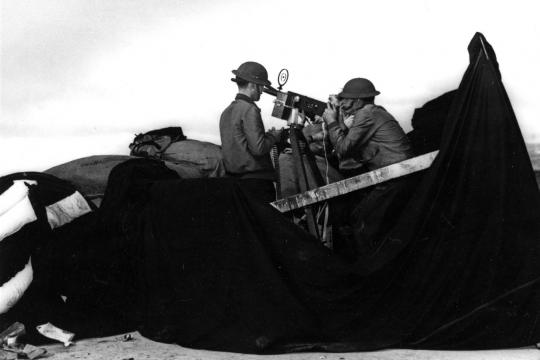
Pearl Harbor Raid
The Pearl Harbor Raid was a surprise attack by the Imperial Japanese Navy Air Service against the naval base at Pearl Harbor, Honolulu, Hawaii on December 7th, 1941. The raid directly resulted in the formal entry of the United States (who had been neutral until this point) into World War II the next day.
The attack was intended by the Japanese military as a preventative action to stop the United States Pacific Fleet from interfering with its planned military actions in Southeast Asia against overseas territories of the United Kingdom, the Netherlands, and the United States.
Starting at 7:48 a.m. Hawaiian Time, the base at Pearl Harbour was attacked by 353 Imperial Japanese aircraft in two waves, launched from six aircraft carriers. Of the eight U.S. Navy battleships present, four were sunk and all were damaged. The Japanese also sank or damaged three cruisers, three destroyers, an anti-aircraft training ship, and one minelayer. A total of 188 U.S. aircraft were destroyed; 2,403 Americans were killed and 1,178 others were wounded. Japanese losses were light: 29 aircraft and five midget submarines lost, and 64 servicemen killed.
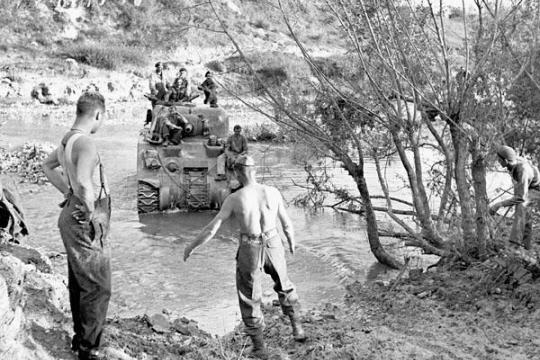
Canadian Army
Over 750,000 men and women served in the Canadian Army during the Second World War. Canadian units were stationed not only in the UK, but also to defend Newfoundland, the Bahamas, Bermuda, British Guiana, and Jamaica.
Canadian troops were part of operations on the Norwegian coastline from 1940 to 1942. They took part in the defence of Hong Kong in December of 1941 and on August 19, 1942, the Canadian Army was a key part of the Raid on Dieppe. The 1st Canadian Army joined British and American units to invade Sicily in July of 1943, then met up with the 5th Canadian Armoured Division to fight throughout Italy.
On D-Day, June 6th 1944, the 3rd Canadian Infantry Division, alongside the 2nd Canadian Armoured Brigade landed at Juno beach on the Normandy Coastline. Along with other allied troops, the Canadians went on to liberate France, Belgium and the Netherlands. When the German Army finally fell on May 8th 1945, the Canadian Army had sustained a total of 17,682 fatal casualties.
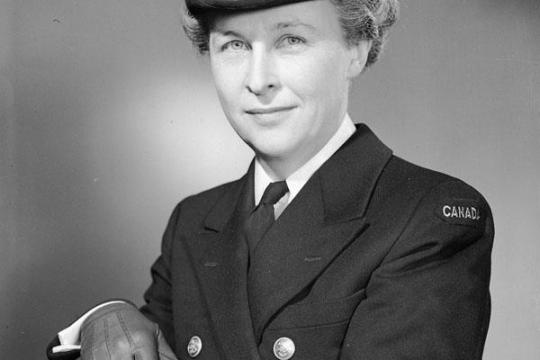
Royal Canadian Navy
Through the course of the Second World War, the Royal Canadian Navy (RCN) enlisted 99,688 men and 6,500 women, to become the third largest navy in the world. The fleet contained 471 warships including aircraft carriers, cruisers, armed merchant cruisers, destroyers, frigates, corvettes, motor torpedo boats, minesweepers, landing craft, armed yachts and auxiliary ships.
The Canadian Navy had a large hand in the Battle of the Atlantic, which involved the protection of troop and supply ships running between North America and the United Kingdom. In November 1942, the RCN was involved in the Allied landings in North Africa, and in June 1944, it provided 110 and 10,000 men to support D-Day; the invasion of Europe. Later, HMCS Uganda took part in operations against Japan as part of the British Pacific Fleet.
By the end of the war, the Royal Canadian Navy lost a total of 24 ships to enemy action, and suffered 2,024 fatal casualties.
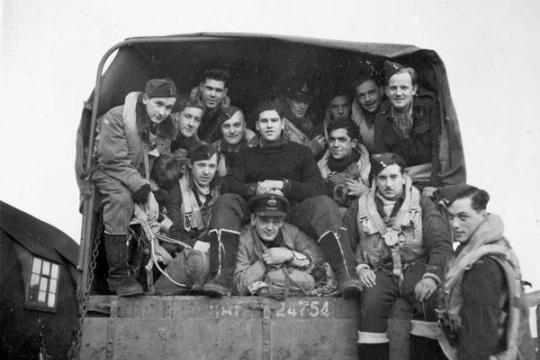
Royal Canadian Air Force
The Royal Canadian Air Force (RCAF) grew rapidly during World War Two, starting with only 4,061 Officers and men on September 1, 1939, and ending up as the fourth-largest allied air force by the end of the war, with more than 263,000 men and women. The RCAF officially managed the British Commonwealth Air Training Program, through which it trained 131,553 pilots, navigators, bomb aimers, wireless operators, air gunners and flight engineers in Canadian schools.
Between North America, Great Britain, North Africa, Italy, Northwest Europe and Southeast Asia, Seventy-Eight RCAF squadrons would carry out combat operations, including air-to-air combat, strategic bombing, photo-reconnaissance, anti-submarine patrols, anti-shipping strikes, close air support and tactical air supply. By the time the war was over, the RCAF sustained 13,498 fatal battle casualties, 9,191 if which were Canadians flying with the Royal Air Force's Bomber Command.
